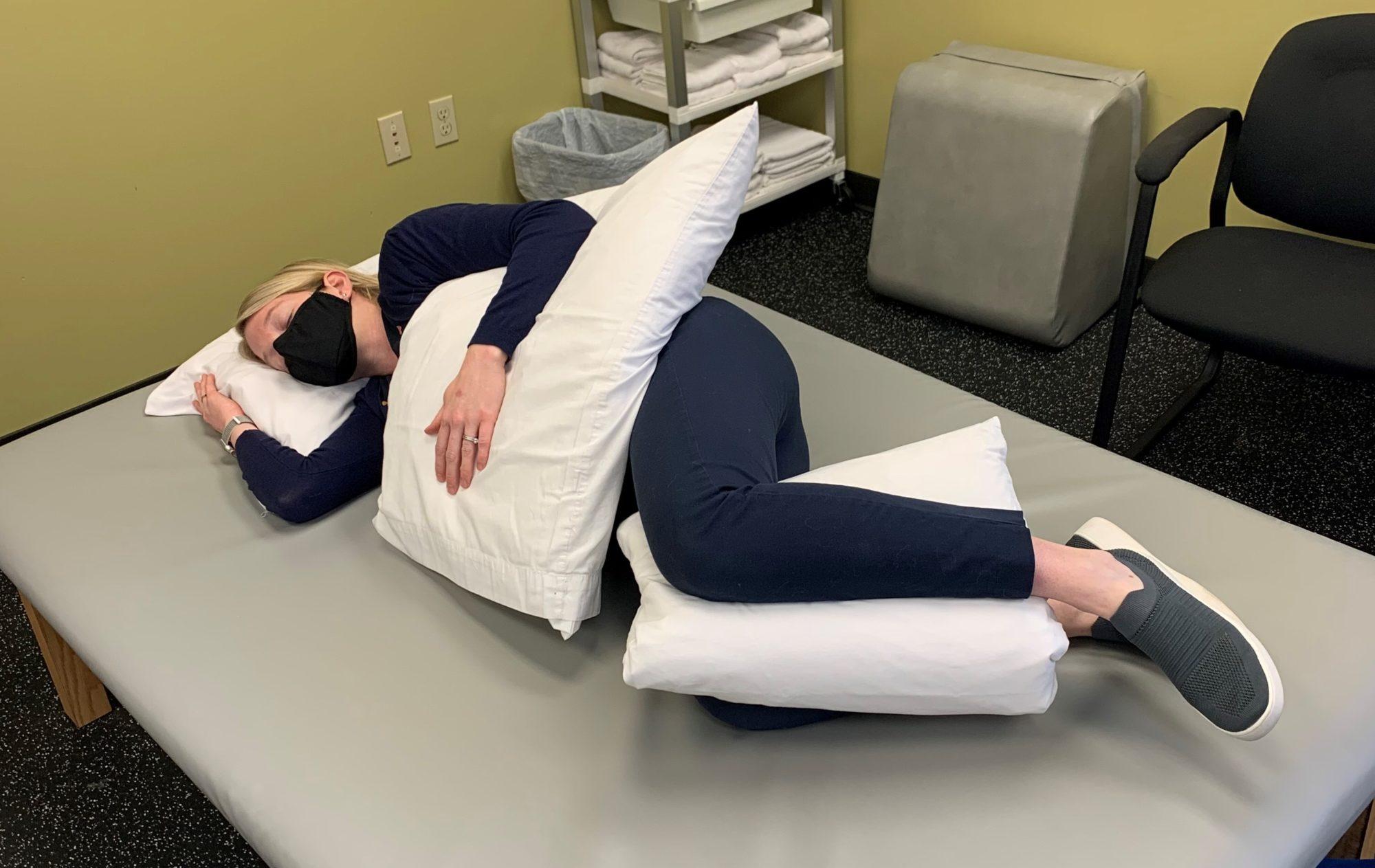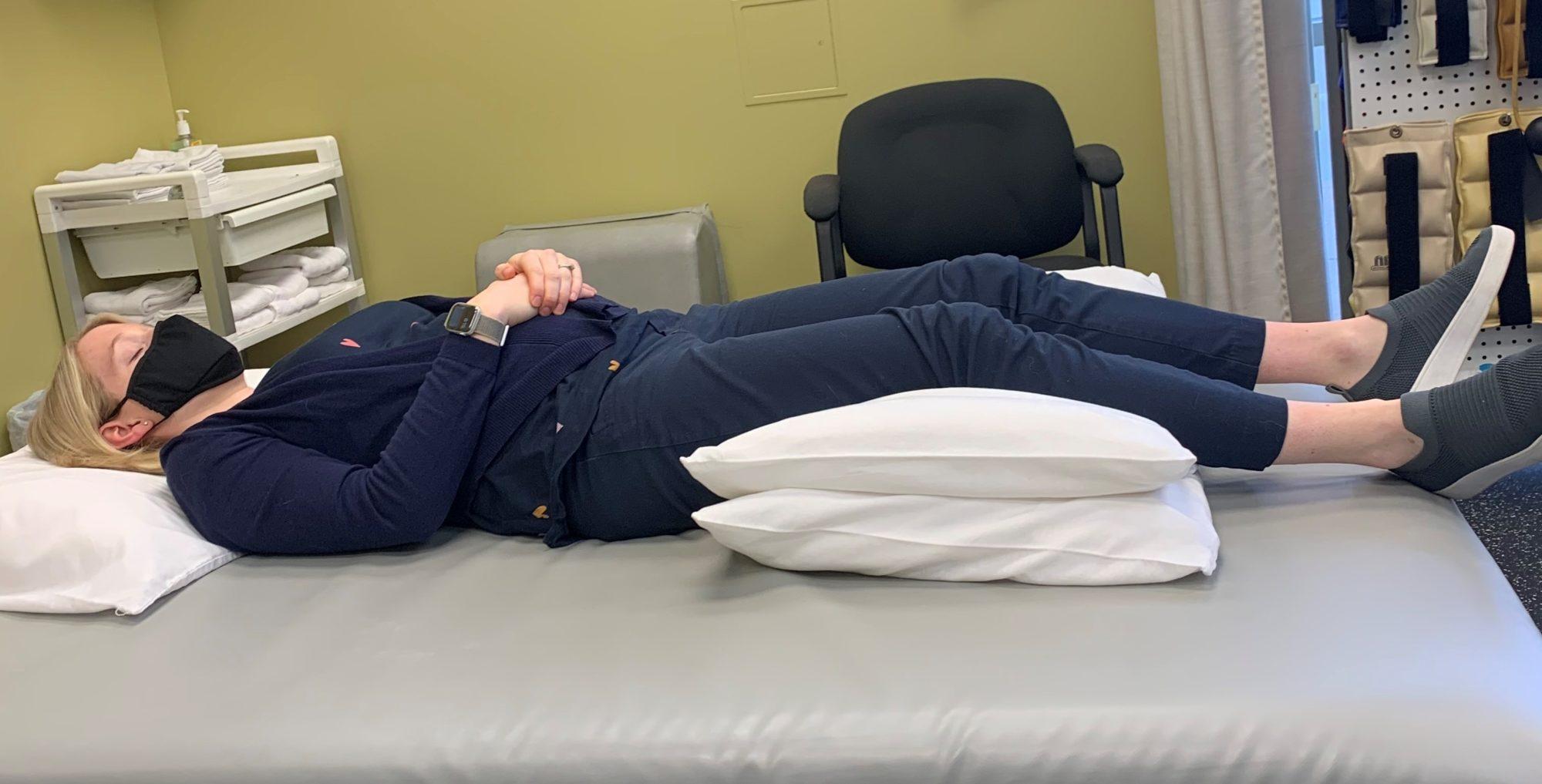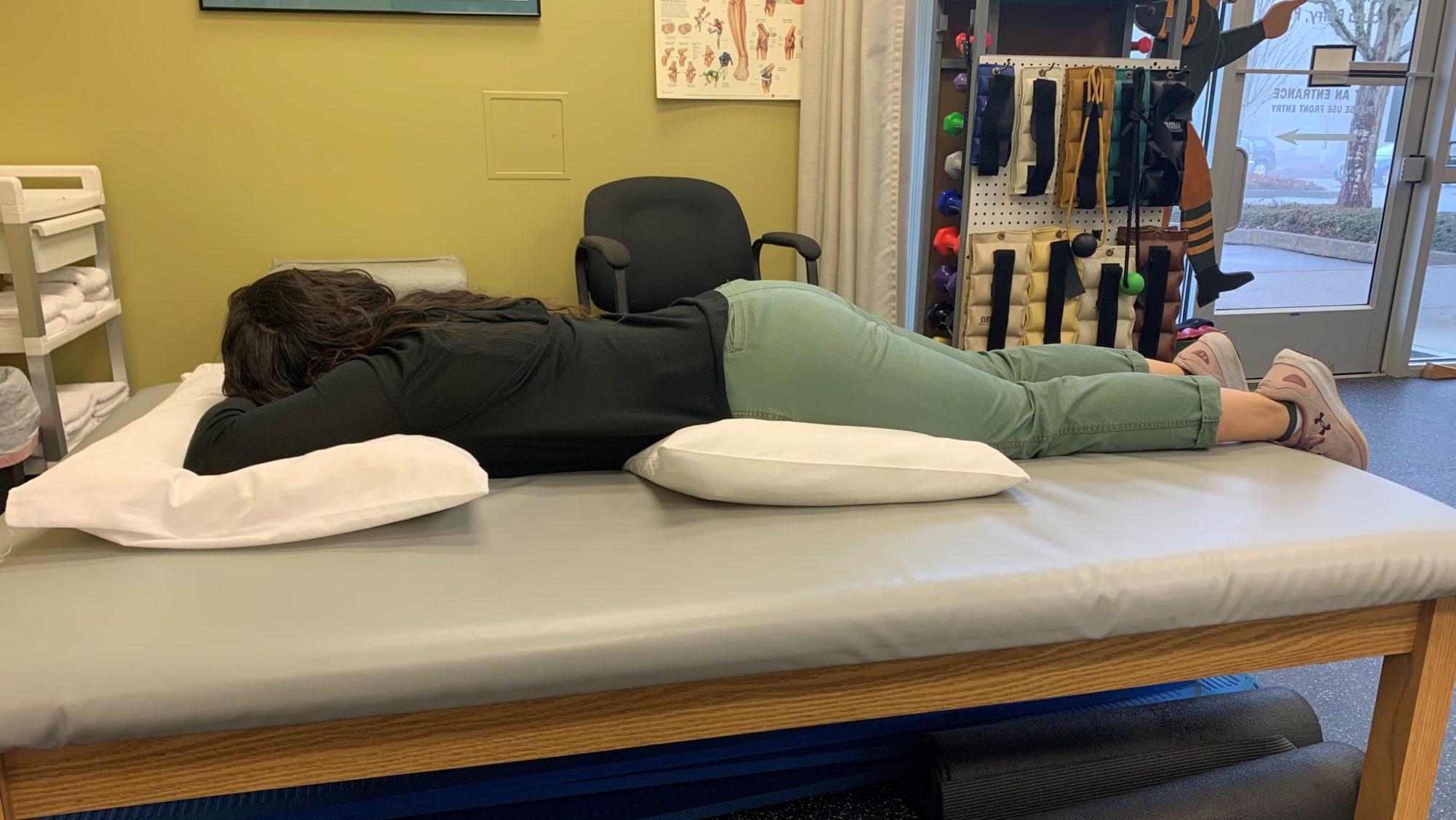Because You’re Sleep Deprived!
We all want more sleep. We likely all need more sleep. It’s no secret that nearly half of all American adults fail to sleep at least 7 hours per night. It’s no surprise that over one-third of people report “poor quality” of their sleep even if they are getting more than 7 hours a night.
Women are more likely to report bouts of insomnia. Meanwhile, men tend to report higher rates of snoring. Many preventable health conditions are influenced by sleep: high blood pressure, weight gain, and a lowered immune system.
But did you also know that the amount and quality of your sleep can influence your pain levels? Read on to learn about how sleep and pain are related and about some tips for a more restful night of sleep.
Sleep and Pain
Sleep and pain levels are intimately connected, influencing one another constantly. Sleep is a necessary step for healing after an injury to bones, muscles, or tendons. However, pain from an injury can make it uncomfortable to fall asleep, thereby disrupting this natural recovery process. People who have been hurting for more than 6 months are more likely to report less sleep and higher amounts of insomnia. These episodes of insomnia include difficulty falling asleep, waking up in the middle of the night, and waking up earlier than desired. And as a person sleeps less and poorly, their body is unable to conduct proper tissue repair. This results in longer recovery times and an extended pain experience So, it is important to create an optimal sleep environment with proper habits and postures.
Tips for Better Sleep:
- Establish a regular bedtime and wake-up time – keeping a consistent schedule will help your circadian rhythm naturally learn when it is time to sleep and when it is time to be awake.
- Avoid screen-time 1-2 hours prior to bedtime – even with the blue light filter turned on, your brain still undergoes extra stimulation when viewing social media, a funny video, or reading about the day’s events. If you must use your smartphone, try a meditation or mindfulness app to prepare your brain for rest.
- Exercise daily – Remember, the CDC recommends 30 minutes of moderate-intensity activity for 5 days of each week. A brisk walk or quick yoga session not only burns calories but also cortisol – your body’s natural “stress” hormone.
- Separate spaces – If you are still working or going to school from home, try to conduct your daily work outside of your bedroom. Try to physically separate daytime tasks from your body’s nighttime job. This will help your brain relax and prepare for sleep while improving your alertness during the day.
Suggestions for Comfortable Sleep Positions:
For side sleepers: try a pillow between your legs or under your top arm to prevent pressure points from developing and to keep your joints in a loose, relaxed position.

For back sleepers: place a folded pillow or thick towel roll under both knees to help your spine maintain a neutral position.

For tummy sleepers: place a flat pillow under your stomach to maintain a neutral spine position. Also only use 1 small pillow for your head to prevent over-straining your neck.

These simple changes can make a big difference in your sleep quality and help you break the cycle of painful, sleepless nights.
If you still are hurting, especially to the point of having your sleep disrupted, please reach out to one of our physical therapists. All of our PTs realize it’s important to help you feel better all the time, not just during waking hours.

